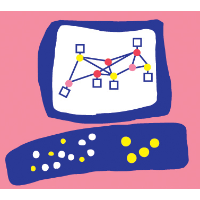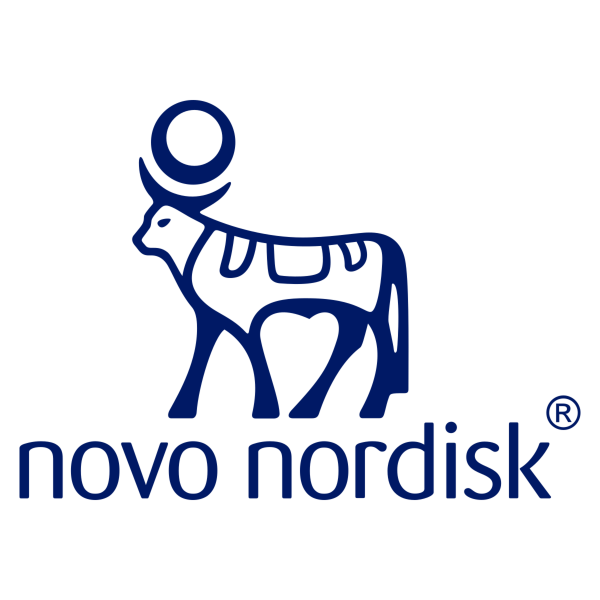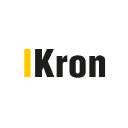
Check Point Software Technologies Ltd
NASDAQ:CHKP


| US |

|
Johnson & Johnson
NYSE:JNJ
|
Pharmaceuticals
|
| US |

|
Berkshire Hathaway Inc
NYSE:BRK.A
|
Financial Services
|
| US |

|
Bank of America Corp
NYSE:BAC
|
Banking
|
| US |

|
Mastercard Inc
NYSE:MA
|
Technology
|
| US |

|
UnitedHealth Group Inc
NYSE:UNH
|
Health Care
|
| US |

|
Exxon Mobil Corp
NYSE:XOM
|
Energy
|
| US |

|
Pfizer Inc
NYSE:PFE
|
Pharmaceuticals
|
| US |

|
Palantir Technologies Inc
NYSE:PLTR
|
Technology
|
| US |

|
Nike Inc
NYSE:NKE
|
Textiles, Apparel & Luxury Goods
|
| US |

|
Visa Inc
NYSE:V
|
Technology
|
| CN |

|
Alibaba Group Holding Ltd
NYSE:BABA
|
Retail
|
| US |

|
JPMorgan Chase & Co
NYSE:JPM
|
Banking
|
| US |

|
Coca-Cola Co
NYSE:KO
|
Beverages
|
| US |

|
Walmart Inc
NYSE:WMT
|
Retail
|
| US |

|
Verizon Communications Inc
NYSE:VZ
|
Telecommunication
|
| US |

|
Chevron Corp
NYSE:CVX
|
Energy
|
Utilize notes to systematically review your investment decisions. By reflecting on past outcomes, you can discern effective strategies and identify those that underperformed. This continuous feedback loop enables you to adapt and refine your approach, optimizing for future success.
Each note serves as a learning point, offering insights into your decision-making processes. Over time, you'll accumulate a personalized database of knowledge, enhancing your ability to make informed decisions quickly and effectively.
With a comprehensive record of your investment history at your fingertips, you can compare current opportunities against past experiences. This not only bolsters your confidence but also ensures that each decision is grounded in a well-documented rationale.
Do you really want to delete this note?
This action cannot be undone.

| 52 Week Range |
179.88
233.47
|
| Price Target |
|
We'll email you a reminder when the closing price reaches USD.
Choose the stock you wish to monitor with a price alert.

|
Johnson & Johnson
NYSE:JNJ
|
US |

|
Berkshire Hathaway Inc
NYSE:BRK.A
|
US |

|
Bank of America Corp
NYSE:BAC
|
US |

|
Mastercard Inc
NYSE:MA
|
US |

|
UnitedHealth Group Inc
NYSE:UNH
|
US |

|
Exxon Mobil Corp
NYSE:XOM
|
US |

|
Pfizer Inc
NYSE:PFE
|
US |

|
Palantir Technologies Inc
NYSE:PLTR
|
US |

|
Nike Inc
NYSE:NKE
|
US |

|
Visa Inc
NYSE:V
|
US |

|
Alibaba Group Holding Ltd
NYSE:BABA
|
CN |

|
JPMorgan Chase & Co
NYSE:JPM
|
US |

|
Coca-Cola Co
NYSE:KO
|
US |

|
Walmart Inc
NYSE:WMT
|
US |

|
Verizon Communications Inc
NYSE:VZ
|
US |

|
Chevron Corp
NYSE:CVX
|
US |
This alert will be permanently deleted.
Check Point Software Technologies Ltd
Check Point Software Technologies Ltd., a stalwart in the realm of cybersecurity, was founded in 1993 in Ramat Gan, Israel. It emerged during a pivotal moment when the internet was evolving from a novel curiosity into a critical infrastructure for business and society. Stepping beyond the embryonic stages of the internet, Check Point was at the vanguard, crafting solutions to protect the nascent digital landscape against evolving threats. The company's inception was marked by its pioneering "Stateful Inspection" technology, which revolutionized network security by efficiently inspecting data packets traversing digital boundaries. This innovation laid the groundwork for what would become a comprehensive suite of cybersecurity solutions.
Check Point's core business model centers around providing robust cybersecurity defenses through its integrated, multi-layered approach—often conceptualized as building an impregnable digital fortress. Its primary revenue streams come from selling software and hardware products like firewalls and threat prevention suites and from offering subscription-based services such as security updates and critical threat intelligence. With a solid global presence and a client portfolio ranging from small businesses to massive multinational enterprises, Check Point generates a steady, recurring flow of income through licensing agreements and customer renewals. The company remains agile, constantly advancing its research and development to anticipate future threats, ensuring its place as a leader in the cybersecurity sector while relentlessly defending the digital infrastructures of its clients.

Check Point Software Technologies Ltd., a stalwart in the realm of cybersecurity, was founded in 1993 in Ramat Gan, Israel. It emerged during a pivotal moment when the internet was evolving from a novel curiosity into a critical infrastructure for business and society. Stepping beyond the embryonic stages of the internet, Check Point was at the vanguard, crafting solutions to protect the nascent digital landscape against evolving threats. The company's inception was marked by its pioneering "Stateful Inspection" technology, which revolutionized network security by efficiently inspecting data packets traversing digital boundaries. This innovation laid the groundwork for what would become a comprehensive suite of cybersecurity solutions.
Check Point's core business model centers around providing robust cybersecurity defenses through its integrated, multi-layered approach—often conceptualized as building an impregnable digital fortress. Its primary revenue streams come from selling software and hardware products like firewalls and threat prevention suites and from offering subscription-based services such as security updates and critical threat intelligence. With a solid global presence and a client portfolio ranging from small businesses to massive multinational enterprises, Check Point generates a steady, recurring flow of income through licensing agreements and customer renewals. The company remains agile, constantly advancing its research and development to anticipate future threats, ensuring its place as a leader in the cybersecurity sector while relentlessly defending the digital infrastructures of its clients.
Revenue Beat: Q3 revenue grew 7% to $678 million, exceeding the midpoint by $6 million.
Billings Surge: Calculated billings jumped 20% year-over-year to $672 million, a level not seen in at least a decade.
EPS Boosted by Tax Benefit: EPS reached $3.94, including a $1.47 one-time tax benefit; even excluding this, EPS exceeded guidance.
Raised Guidance: Management raised full-year 2025 revenue guidance midpoint by $15 million, now expecting 6% annual growth.
Strong Cash Flow: Operating cash flow was $241 million, and would have been up 23% year-over-year excluding a one-time tax payment.
Strategic M&A: Closed two acquisitions—Veriti and Lakera—to expand exposure management and AI security capabilities.
Momentum in Emerging Tech: ARR for SASE, Harmony Email, and external risk management products grew over 40% year-over-year.
Guidance Factors: Q4 guidance takes into account FX headwinds and Lakera acquisition, with both expected to weigh on margins and EPS.







































